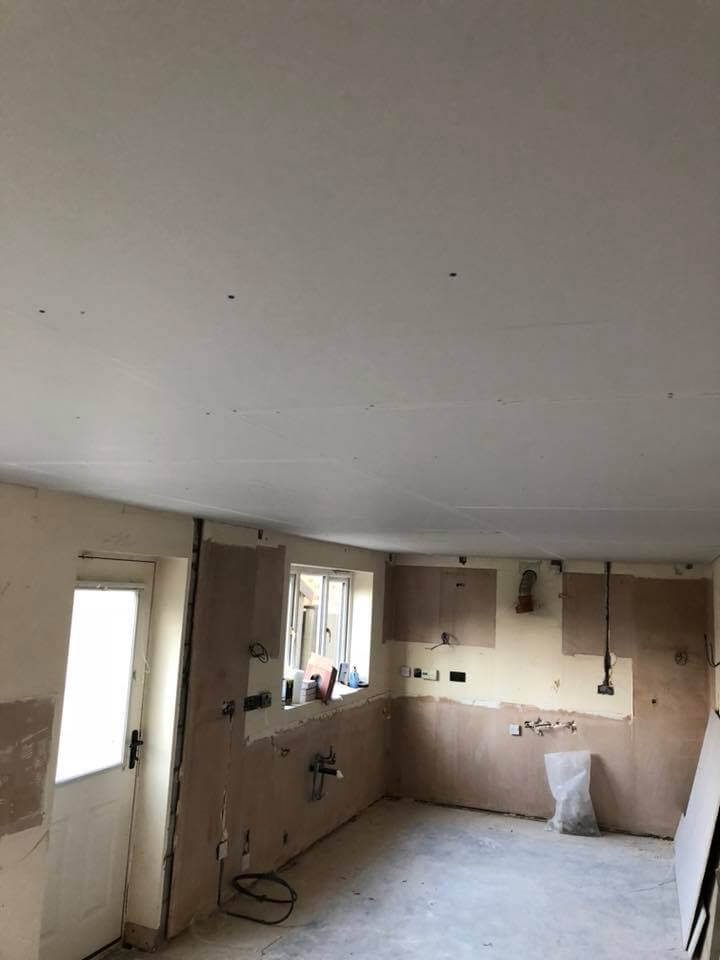Reskimming, also referred to as skimming or skim plastering, is a plastering technique used to apply a skinny layer of plaster over present partitions or ceilings. The function of reskimming is to create a clean and uniform surface, hiding imperfections, cracks, or blemishes within the current plaster or drywall. This technique is often employed throughout renovation initiatives to refresh the appearance of interior surfaces without the necessity for in depth removing or alternative of the existing plaster.
Here's how the re-skimming process usually works:
1. Assessment: A plasterer assesses the condition of the prevailing walls or ceilings. If the surfaces are sound and secure, with no major structural points, reskimming is normally a suitable solution for bettering their appearance.
2. Preparation:
Cleaning: The existing floor is cleaned to take away dust, dirt, and loose particles.
Repairing Defects: Any cracks, holes, or other defects in the existing plaster are repaired earlier than reskimming. This could involve filling larger gaps with patching compound or joint compound.
Priming (Optional): Depending on the situation of the present floor, a primer or bonding agent could additionally be utilized. Priming enhances the adhesion between the existing surface and the new plaster.
three. Application of Skim Coat:
Mixing Skim Plaster: The plasterer prepares a smooth and workable skim plaster mixture, sometimes utilizing a gypsum-based plaster or a specialized skim coating compound.
Applying the Skim Coat: The skim plaster is applied in a thin, even layer (usually 2-3 mm thick) over the present surface using a plastering trowel. https://plasterers-barrowinfurness.co.uk/ works to create a clean and uniform end, eliminating imperfections and achieving a elegant look.
four. Drying and Finishing:

Drying Time: The skim coat needs adequate time to dry and remedy. The drying time can differ primarily based on the sort of plaster used and environmental conditions.
Sanding (Optional): After drying, the surface may be lightly sanded to additional refine its smoothness and take away any minor irregularities.
5. Priming and Painting (Optional):
Priming: Applying a primer can enhance the adhesion of paint or wallpaper to the freshly skimmed floor.
Decorative Finish: The re-skimmed floor may be painted, wallpapered, or left as is, primarily based on the desired ornamental end.
Reskimming is a talented process that requires experience to attain a flawless and seamless outcome. It's often performed by skilled plasterers who have the experience and information to deal with numerous types of surfaces and plastering materials. Reskimming can considerably enhance the visible attraction of inside spaces, giving them a refreshed and refined appearance..
